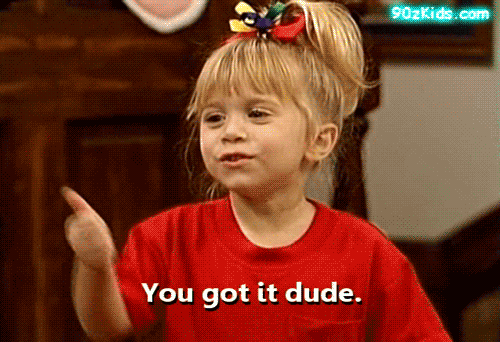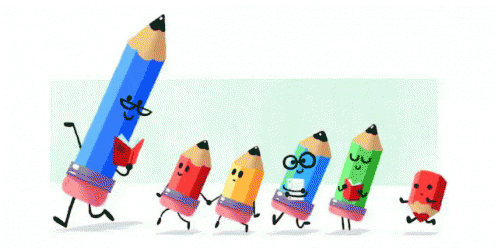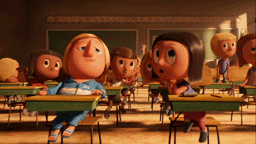At First Glance
Reading “BEAM: A Rhetorical Vocabulary” particularly gave me flashbacks to developing my first research paper last quarter in a Diversity class. The assignment was to choose a topic related to Asian Americans and write an informative paper based on sources we found. I easily became overwhelmed by the laundry-list of subjects to choose from such as Asian Americans in poetry and Asian Americans and import car racing. In addition, I had never written a research paper before and did not know where to start or how to find sources. Basically, I was completely lost.

Jumping into Research
First, I used my chosen topic, which was Asian Americans and food, and formed a series of questions. Honing in on the popular beverage boba, I thought “What is boba culture and why is it so prevalent in Asian American communities? What is the importance of it in the identity of Asian Americans?”. These inquiries guided me towards focusing on important aspects of the boba and its culture in addition to leading me to a thesis and argument.
Through the help of a Santa Clara librarian, I then learned how to search for scholarly journals and insightful articles. She taught me how to use certain online databases and library resources to find articles relating to my topic in both broad and specific ways. Inputting key words, I discovered sources that supported my subtopics and overall argument. Finally, things started to become clear and promising.

To further supplement my understanding, I used the Internet to find articles and videos that improved my ability to clearly explain aspects of boba culture. However, I refrained from quoting or drawing upon these sources directly in my paper. By thoroughly researching Asian Americans and boba culture, I was able to create a paper that was detailed and analytical.
Connecting to CTW
Flashing back to the present, my experience has given me confidence and reassurance going into CTW this quarter. Relating to “BEAM: A Rhetorical Vocabulary”, the author discusses the acronym that stands for “backgrounds, exhibits, arguments, and methods” (p.75). Reading this article, I found myself practicing these same tips. For example, background refers to “materials whose claims a writer accepts as fact, whether these “facts” are taken as general information or deployed as evidence to support the writer’s own assertions” (p. 75). Similarly, I used my Google search findings as background to my grasp of boba culture and its relationship to Asian Americans. On the other hand, the scholarly journals found from library databases can be categorized as argument since those “materials whose claims a writer affirms, disputes, refines, or extends in some way” (p. 75). BEAM was exactly what I had been utilizing, just without a specific formula.

Furthermore, I found that researching a topic taught me to read differently by looking for essential facts and commentary. Likewise, the BEAM aids reading “by providing clear labels for the different postures writers might adopt toward their materials [and] by enabling students to track shifts in these postures” (p. 77). Although I did not use BEAM to interpreting sources explicitly, I thought this was an interesting idea to apply this formula towards analyzing individual articles. Looking back, following BEAM while searching and reading sources could have assisted me in making better, stronger connections between my thoughts and quotes.
Overall, I look forward to utilizing skills such as BEAM as well as my previous experience with researching in CTW this quarter.
Thanks for reading!
Works Cited
Bizup, Joseph. “BEAM: A Rhetorical Vocabulary for Teaching Research-Based Writing.”Rhetoric Review. Vol. 27. N.p.: n.p., n.d. 72-86. Print.





